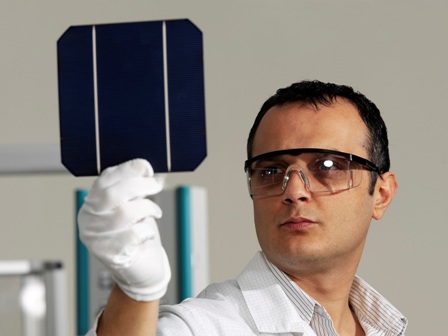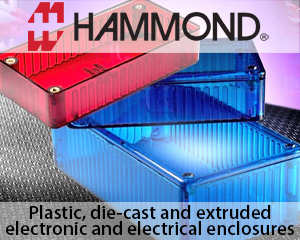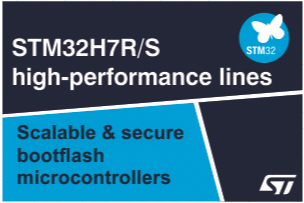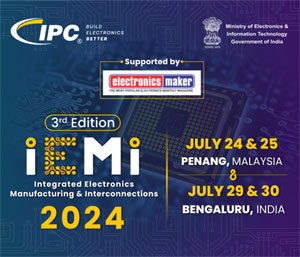In addition to flux products for the electronics industry and mechanical engineering, German flux manufacturer Emil Otto is expanding its product range. The Eltville company is now also offering fluxes that have to satisfy special criteria for the solar industry. The solar fluxes must thus be processable very residue-free in order not to affect the individual solar modules’ efficiency in subsequent use.
 Its broad development know-how has for many years enabled Emil Otto GmbH to offer special fluxes for individual and combined applications as well as for individual branches of industry and manufacturing processes. So, the development of fluxes for the solar industry was just a small step. ‘For years we’ve been working on fluxes that leave hardly any residues behind. In that connection, we’ve meanwhile developed products that satisfy this criterion perfectly. Precisely this flux property is particularly important for the solar industry, as impurities on the solar cell negatively impact effectiveness’, explain Markus Geßner, Head of Marketing and Sales at the Emil Otto GmbH.
Its broad development know-how has for many years enabled Emil Otto GmbH to offer special fluxes for individual and combined applications as well as for individual branches of industry and manufacturing processes. So, the development of fluxes for the solar industry was just a small step. ‘For years we’ve been working on fluxes that leave hardly any residues behind. In that connection, we’ve meanwhile developed products that satisfy this criterion perfectly. Precisely this flux property is particularly important for the solar industry, as impurities on the solar cell negatively impact effectiveness’, explain Markus Geßner, Head of Marketing and Sales at the Emil Otto GmbH.
Emil Otto currently offers three fluxes: EO-S-001, EO-S-002, and EO-S-007. Additional fluxes will follow during the second semester. All fluxes have been developed for soldering solar modules, and tabber and stringer material as well as for connecting cells. Furthermore, the products involved are NO-CLEAN fluxes that are formulated to be halogen-free. None of the fluxes leaves behind sticky residues. Process tests with renowned mechanical engineers from the field of stringer technology substantiate this. The activators are additionally designed for higher temperatures, which are required during the manufacturing of solar modules, without impairing the activators’ effectiveness. This also applies to actual application in particularly sunny and hot regions. ‘The flux residues must remain stable even when exposed to intense heat from solar radiation. Resins that soften and liquefy can significantly affect a solar module’s effectiveness. That must be prevented’, explains Geßner. The solids content lies between 1.5% and 2.5%, depending upon the flux.
Solar fluxes are offered as concentrate in addition to 5 L and 20 L canisters. ‘These packaging units are interesting especially for customers who purchase large quantities or who manufacture abroad’, explains Geßner. This is because all granulates from Emil Otto can be transported with severely reduced volume and without hazardous-substance identification. ‘A flux becomes a hazardous substance, for instance, if it contains alcohol, among other things. Our granulates lack this, because the customer mixes in the alcohol on site’, according to Geßner. Furthermore, the granulates can be packaged more simply and compactly thereby also reducing transport costs. Transport optimization enables the flux concentrates to be very economically transported over great distances, since shippers impose far lower costs for non-hazardous goods. ‘Mixing fluxes on site is very simple. The necessary information concerning which liquid must be added to the concentrate in what dosage is attached to each granulate’, continues Geßner.







